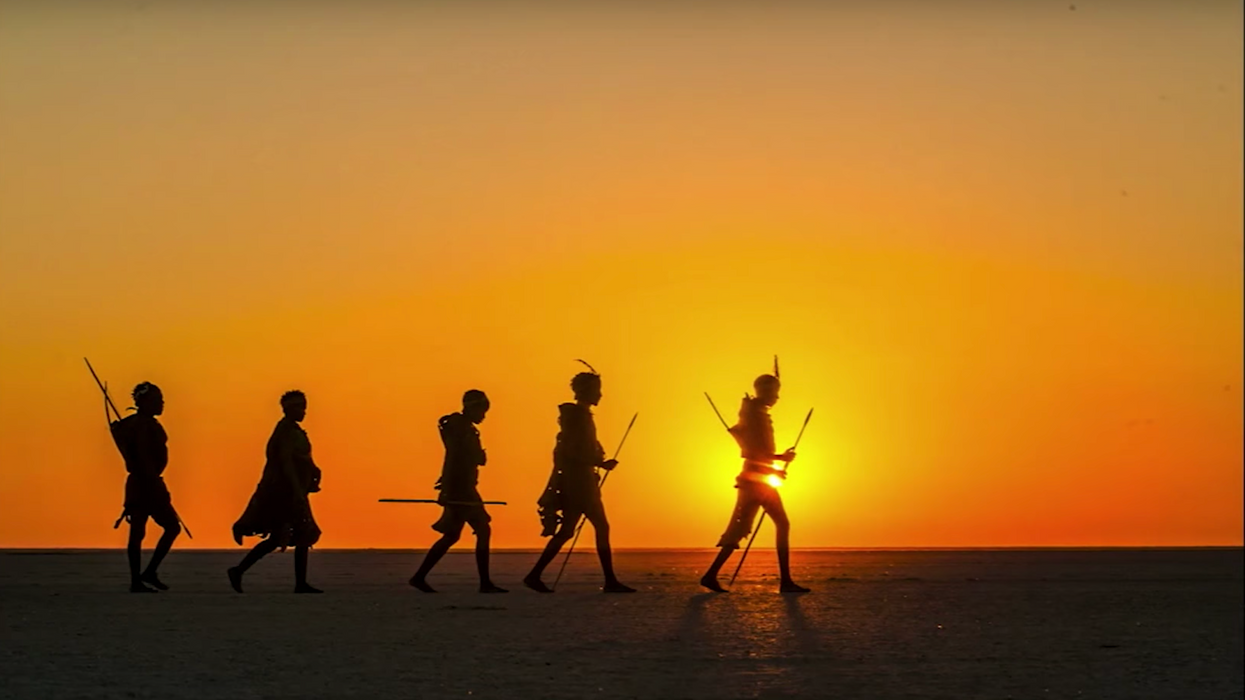Watch: 4 Different Kinds of Light and How to Use Them in Your Cinematography
How can you use light to bring out the most dynamic features of your subject?

For cinematographers, light has many purposes. Of course, its primary role is to illuminate a subject so that it may be properly exposed by a camera, but it can also be used to capture a subject's most dynamic, beautiful, and unique qualities, including its texture, color, and shape. In this video, National Geographic photographer Frans Lanting goes over several different kinds of light and how you can take advantage of each one to highlight unique qualities of your subject. Check it out below:
Even though Lanting, being a world-renowned photographer, talks primarily about light through the lens of photography, there is still plenty to glean if you're a DP. For example, the basis of the video, which is to show you that light can be used to capture more than just objects and places, but more specific features of a subject, like color and texture. For filmmakers, narrative filmmakers especially, we have a lot more control over what appears in our frame, so we can select different kinds of colors, textures, and shapes to make our shots more beautiful, add more context to our narrative, or both.
Lanting talks about four different kinds of light:
- Front light: Light that comes from behind you can be used to emphasize colors.
- Sidelight: Light that comes from the side (90-degree angle) can be used to emphasize textures.
- Backlight: Light that comes from in front of you can be used to emphasize shape. (Silhouettes)
- Indirect light: Light that that is evenly dispersed over your subject may not overtly emphasize any one feature, but it can be used to soften shadows.
You can keep these lighting concepts in mind not only when you're using the sun as a key, like Lanting describes in the video, but also when you're setting up studio lights.
The video was just a snippet of Lanting's online class entitled "The Art of Seeing." So if you learned something from it, you might want to head on over to CreativeLive to get more info. (It focuses on photography, but there is bound to be plenty of relevant information for cinematographers in there.)
Source: CreativeLive











